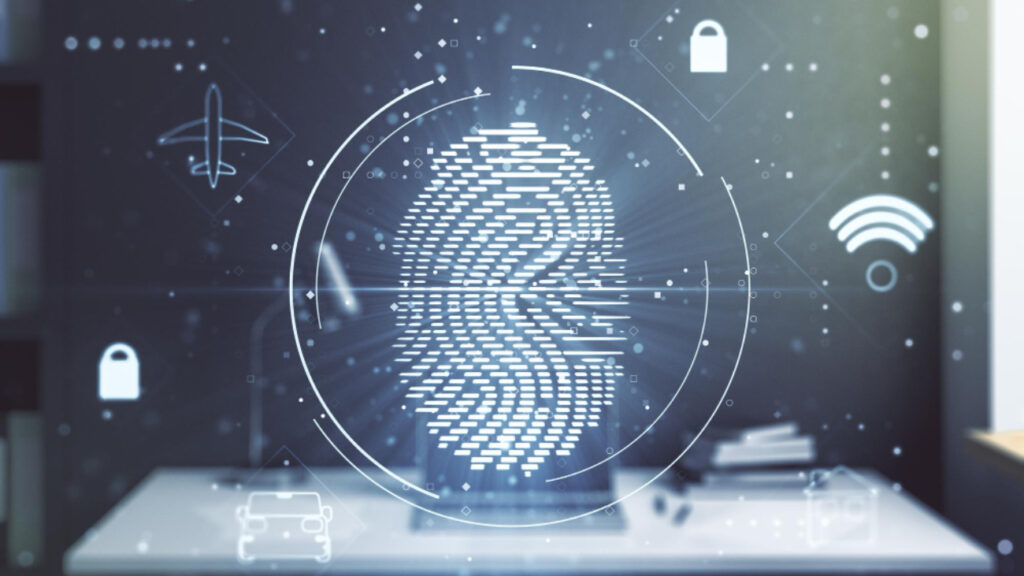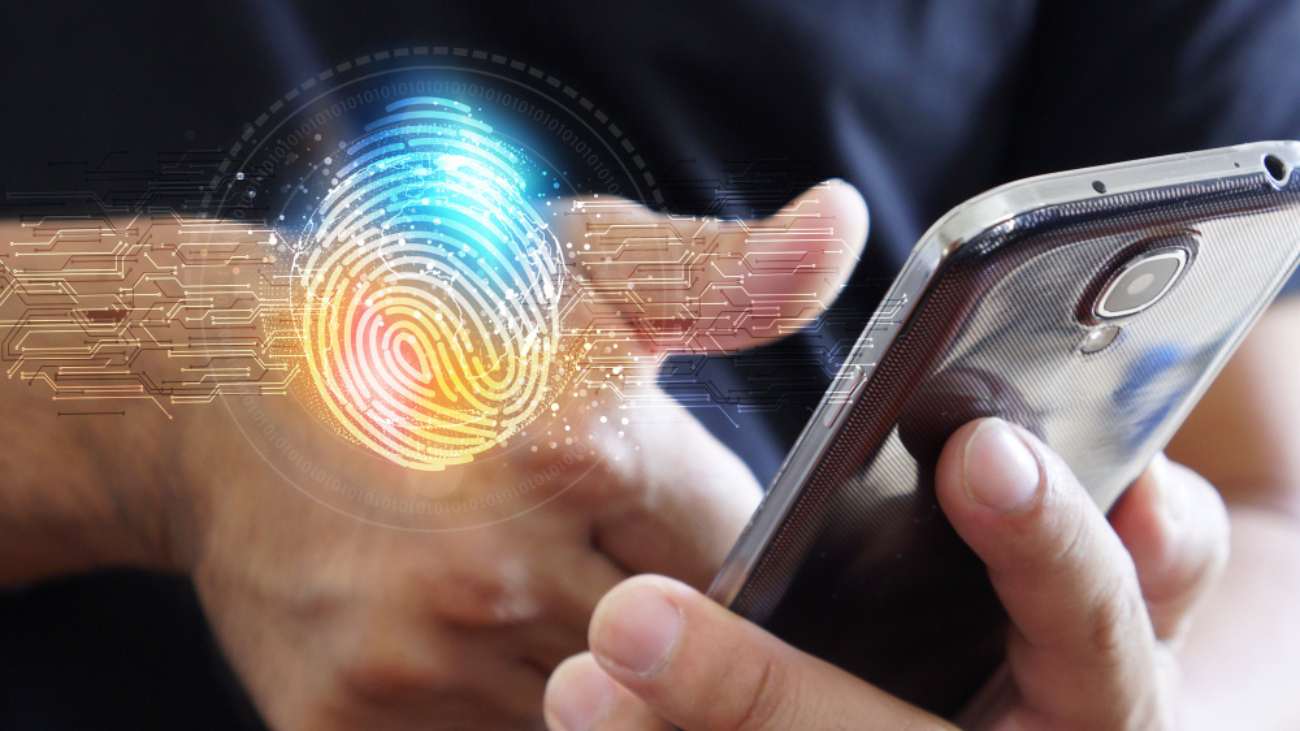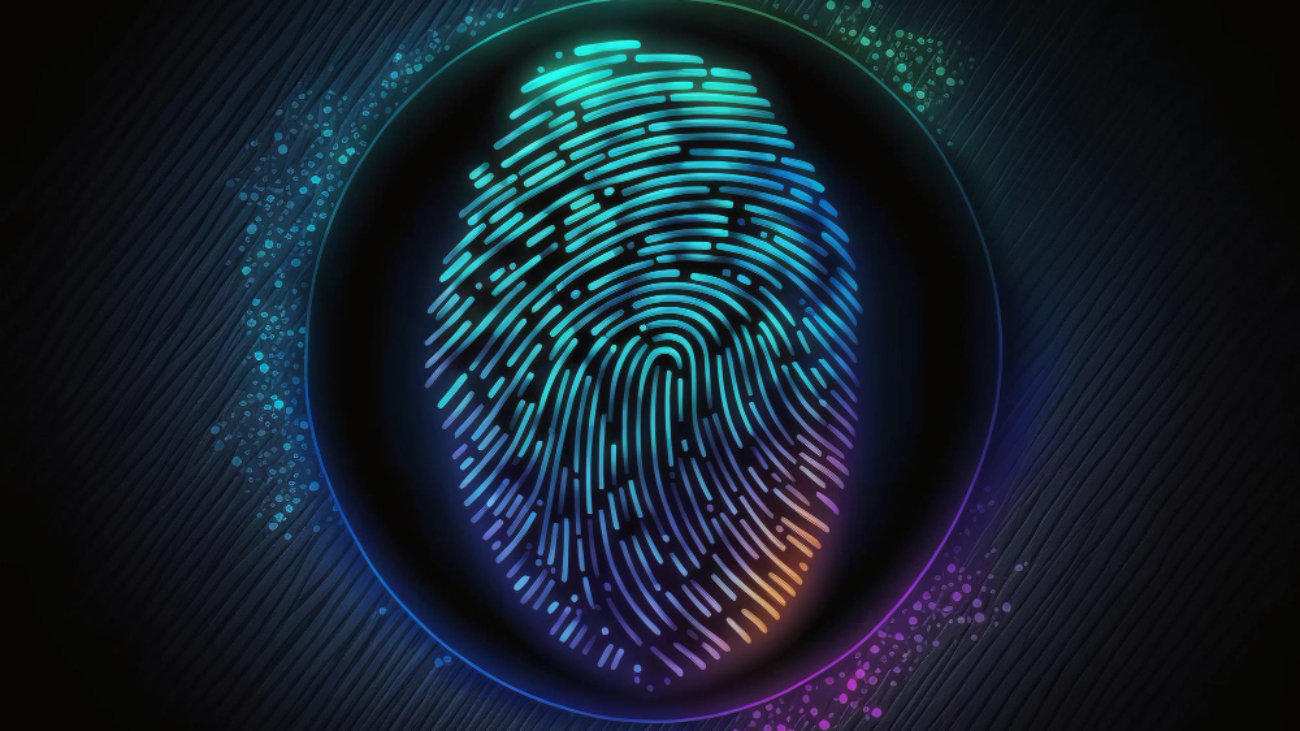Fingerprint scanning is the most popular form of biometric authentication stated Bahaa Abdul Hadi. It has become a standard today thanks to the security offered. Presently, fingerprint authentication is being done using IDPs or Digital Identity Providers. Users are concerned about the integrity of the authentication. L1 fingerprint scanners act as a solution for this issue since they employ a user-centric authentication technique.
Basics of L1 Fingerprint Authentication
L1 fingerprint authentication is used in applications like banking, finance management, update of passwords, etc. It is a fingerprint scanner that works through end user devices. A key feature of this scanner is that it can get more details from a fingerprint even by scanning a small area.
Like all scanners, it reads the ridges and curves. It also can read location of pores on the finger. This takes security to the next level making it a very powerful form of authentication. Even though its working is complex, it is simple and easy to use. The high level of accuracy makes it best suited for use in biometric payment transactions, blockchain exchange transactions, and for locking applications on devices.
How it works?
L1 fingerprint scanners use live ID authentication for enhanced security. The fingerprint needs to set once on the L1 device, after which it can be used on any platform. The L1 device sends the authentication information to the application that is doing the authentication. Based on the identification information, the user is given control of the device. Authentication is then done to give access to the application.
Benefits of using L1 Scanners
- The L1 scanner can easily work with a multitude of devices like smartphones, laptops, and tablets. Apart from working with new models, it can even work with existing models with some software updates.
- The interface of the scanner is simple making it easy to use. It does not require any complicated processes to manage.
- Users get to access their information quickly. A key advantage is that a user need not enter the password every time.
- It is reliable and secure compared to other authentication devices. This is because it does not need software drive support for its operation.
- While it makes authentication more secure, it also helps in addressing privacy concerns of users. This would be helpful when citizens use these scanners to access government services.
With its vast benefits, the L1 fingerprint scanner is soon going to become the future of biometric authentication.
Thank you for your interest in Bahaa Abdul Hadi blogs. For more information, please stay tuned to www.bahaaabdulhadi.com







